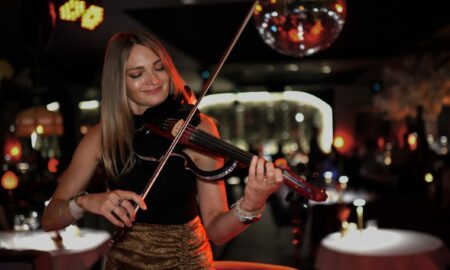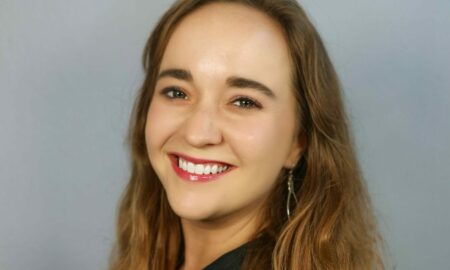

Today we’d like to introduce you to Ave Pildas.
Ave, we’d love to hear your story and how you got to where you are today both personally and as an artist.
I was formally trained in Swiss design, but I developed an early love for photography in the 60’s, photographing jazz greats like Nina Simone and John Coltrane for Downbeat Magazine. In 1971 I moved to Los Angeles and began working at Capitol Records in Hollywood, designing and photographing album covers for Capitol’s recording artists. Since then, my photographs have appeared in national and international publications.
Many of my images of Hollywood Boulevard from the 1970s are represented in the permanent collections of the Los Angeles County Museum of Art and the New York Public Library. Three books of my photographs have been published: Art Deco LA, Movie Palaces, and recently Bijou, released in October 2016 by Nazraeli Press.
We’d love to hear more about your art. What do you do you do and why and what do you hope others will take away from your work?
Currently, I am focused on my photography, making new work, and cataloging my substantial archive. A subject that prevails in many of my photographs: namely, people moving on city streets. I started photographing the architecture and the people of the streets of Los Angeles in the 1970’s.
Ladders, escalators, staircases and sidewalks have long interested me both as vehicles of transportation and as situations that encourage interaction among strangers. For brief intervals, individuals who are not acquainted with each other share a common space. As a photographer, I capture these chance encounters.
As an editor, I uncover the pattern, repetition and visual texture that they create and organize them into a sequence. Henri Cartier Bresson and Elliot Erwitt are photographers that I greatly admire. Both Bresson and Erwitt emphasized the importance of the MOMENT: finding a compelling location and waiting for the ideal confluence of elements to shoot a good picture.
Similarly, I choose an urban location that becomes my set and wait for people to invade. Since 2008, I have produced dozens of “PaperMovies” that document movement in particular locations, locally, nationally, and internationally. My camera records the moments when various individuals occupy the set. Some participate actively by interacting with the camera; others become involuntary and unaware passers-by. The result of this event is hundreds of images that record a finite period of time in a particular place.
My designer’s eye selects the images that most strongly reflect my theme. I organize these images to reveal line, pattern and movement, the composition that supersedes the narrative of the event. From the 200 to 500 separate images I shoot in a single location, I arrange four to twenty-four in a sequence in my studio to reveal the poetry that exists in these everyday encounters. I have created more than 50 of these pieces to date, a few of which have inspired short stop-motion video clips, lifting the energy from off the page.
Have things improved for artists? What should cities do to empower artists?
I was a Professor and Chair of the communication arts department at Otis College of Art and Design in Los Angeles for a combined 28 years and have taught at all of the major art colleges and departments in the Los Angeles area. My mantra was to help young creatives to realize their potential.
Being an artist is a wonderfully mixed bag. It’s difficult to make a living as an artist, but it’s a very rewarding life. If this sounds like a catch-22, it is. Committed artists always find a way to support themselves and make art. The object is to be productive.
While the United States isn’t known for its generosity when it comes to public arts funding, especially compared to European countries, the gap is substantially filled by public and private grants and fellowships that are available. More funding for the arts, especially at the local level, would benefit both the artists, the general population and raise everyone’s visual consciousness.
Do you have any events or exhibitions coming up? Where would one go to see more of your work? How can people support you and your artwork?
My photography can be viewed and purchased from my website. I am also a small publisher. Ten titles are currently available for purchase at www.smallphotobooks.com.
Short video clips inspired by my “PaperMovies” series can be viewed on my YouTube channel: https://www.youtube.com/channel/UCJDvTe3ilpgrXTNMXkz34Rw
My work can be viewed at the following galleries: Joseph Bellows Gallery (www.josephbellows.com), Richard Moore Photographs (www.richardmoorephoto.com), and Qlick Gallery (qlickeditions.com/portfolio/ave-pildas).
Contact Info:
- Website: www.avepildas.com, www.avepildasjazz.com
- Email: [email protected]
- Instagram: avepildasphoto
- Twitter: avepildas







Getting in touch: VoyageLA is built on recommendations from the community; it’s how we uncover hidden gems, so if you know someone who deserves recognition please let us know here.



















